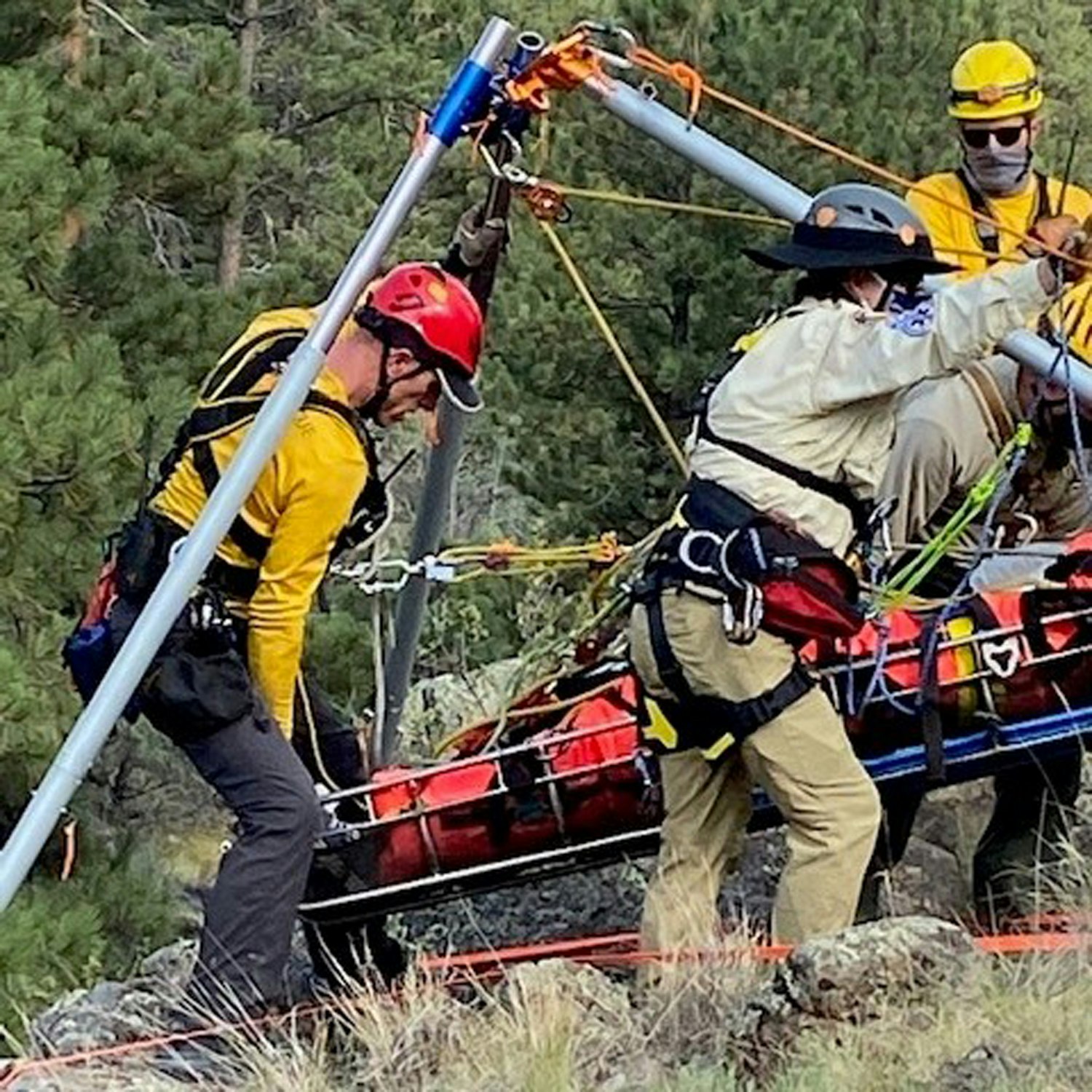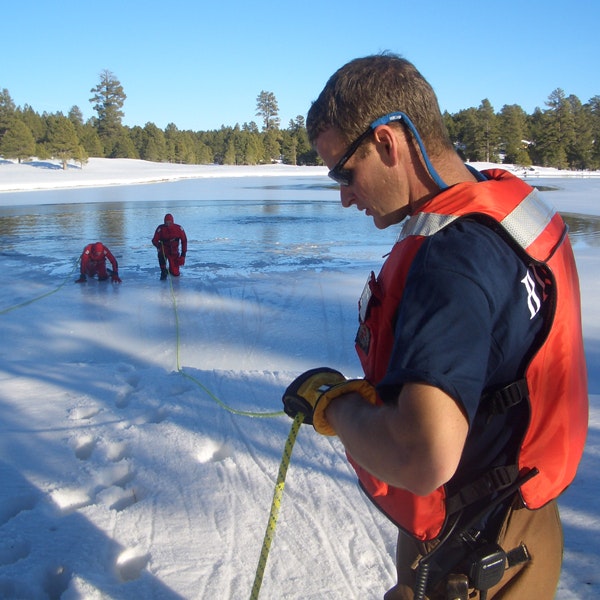Special Operations
Skills Beyond Firefighting Operations
Special operations teams often go beyond the call of duty. These highly trained specialists handle tasks beyond standard firefighting operations, stepping into the realm of technical rescue. From hazardous materials incidents to high-angle rescues, they are equipped with specialized tools and advanced training to tackle emergencies that demand precision and expertise.

Technical Rescue is a specialized area of emergency response that involves high-risk, low-frequency events often in challenging environments. These can include confined spaces, high angles, structural collapses, trench rescues, and water rescues. Technical rescue teams are highly trained professionals equipped with specialized tools and knowledge to safely navigate these complex situations. They follow rigorous protocols to assess the situation, stabilize the scene, and execute the rescue while minimizing risk. The primary goal is always the preservation of life, followed by injury prevention and property conservation. It’s important to note that technical rescue operations require a high level of teamwork, problem-solving, and adaptability due to the unpredictable nature of the scenarios they respond to.
Hazardous Material (Hazmat) Response is a critical aspect of fire district operations, ensuring the safety of both responders and the public during incidents involving hazardous substances. Hazardous Materials (Hazmat) response is a specialized field that deals with the identification, containment, and disposal of hazardous substances. These substances can range from chemical, biological, radiological, nuclear, and explosive materials (CBRNE), to oil spills and other environmental hazards. A Hazmat response team is trained to approach these situations with extreme caution, using personal protective equipment (PPE), detection devices, and containment tools. They follow strict protocols to ensure the safety of themselves and the public, while minimizing environmental impact

Cold Water Rescue is a critical operation that requires swift action, specialized training, and appropriate equipment. When a person falls into cold water, their body undergoes a ‘cold shock response,’ which can lead to hyperventilation and increased heart rate, potentially leading to cardiac arrest. The next stage is cold incapacitation, where the person loses the use of their limbs and cannot self-rescue. Hypothermia sets in over time, further complicating the rescue operation. Therefore, rescuers must act quickly, using techniques and equipment designed for cold water conditions, such as dry suits, rescue slings, and throw bags. It’s also crucial for rescuers to receive training in handling hypothermia and other cold-related injuries. Remember, every second counts in a cold water rescue, making it a truly life-saving endeavor.
